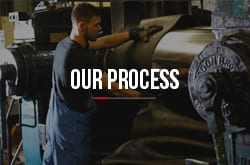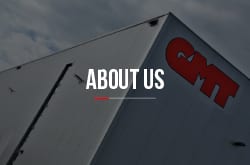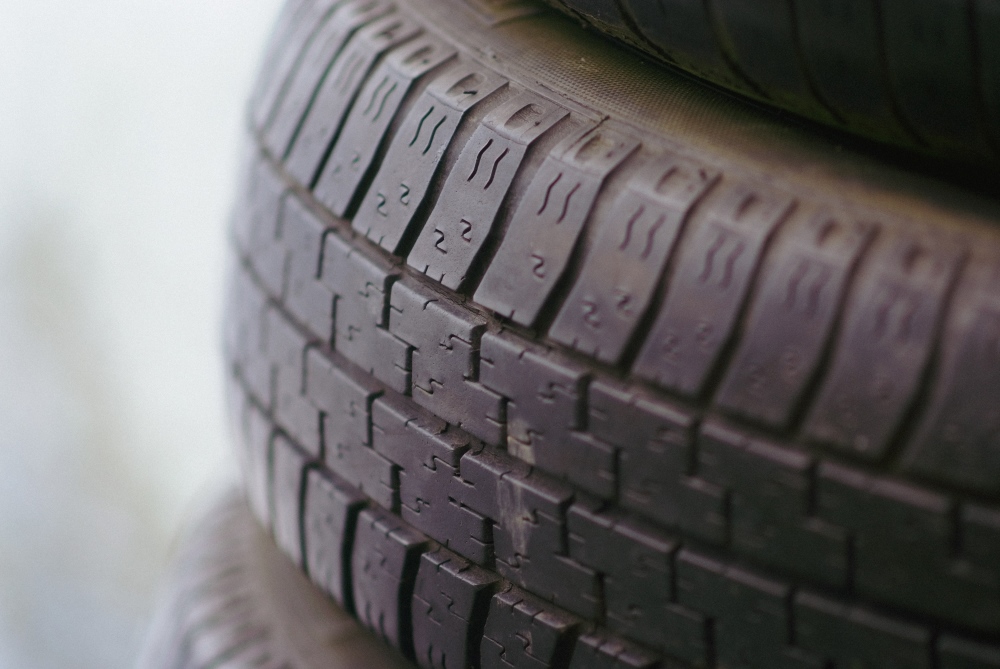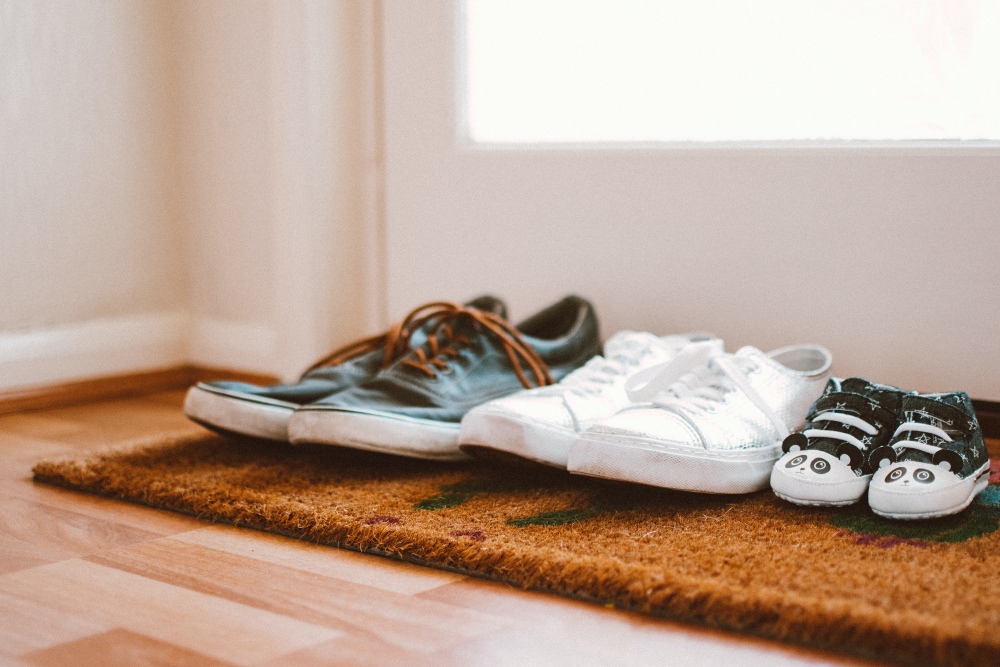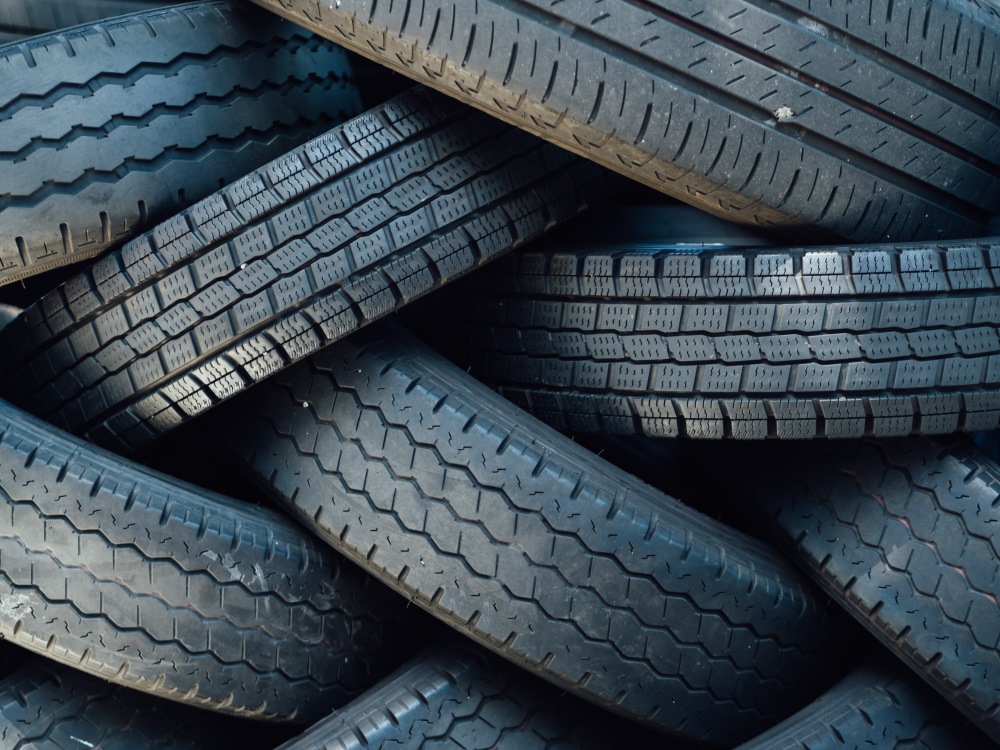Guide to the Different Types of Rubber
Rubber is a unique material known for its elasticity and durability and, as such, it remains one of the most popular materials for many sectors to this day.
From brief to delivery, our experts assess our client’s individual requirements and find the best type of rubber for your application, taking into account budget, period, and, of paramount importance, functionality.
Nine Different Types of Rubber
To start, we’re going to review nine different types of rubber that are used in everyday applications from vehicle tyres and gaskets to footwear and food storage. We’ll look at how they are made and used, and what properties each type of rubber has.
Natural Rubber (NR)
How it is made:
Harvested from the milky liquid (latex) from the Hevea Brasiliensis tree.
Where it is mainly used:
- Tyres
- Gloves
- Insulation
- Adhesives
Sectors:
- Construction
- Transportation
- Automotive
- Health
- Manufacturing for retail
Features:
- High resistance to tearing
- High tensile strength
- Resilience to low temperatures
- Resistance to abrasion
Silicone Rubber (Q)
How it is made:
A complex process involving quartz sand, high temperatures, distillation, and the use of various chemicals creates what we know as silicone rubber.
Where it is mainly used:
- Footwear
- Cooking products
- Food storage products
- Apparel
Sectors:
- Automotive
- Manufacturing for retail
Features:
- Excellent resistance to light, ozone and weathering
- Odourless, tasteless and non-toxic
- Resistant to seawater
- Excellent resistance to foodstuffs
Neoprene Rubber (CR)
How it is made:
Created by polymerization of chloroprene using heat alongside various chemicals.
Where it is mainly used:
- Seals
- Hoses
- Gaskets
- Washers
Sectors:
- Military
- Manufacturing
Features:
- Immensely tough and durable
- Better chemical resistance than most other rubbers
- Flame-resistant
- High resistance to tearing
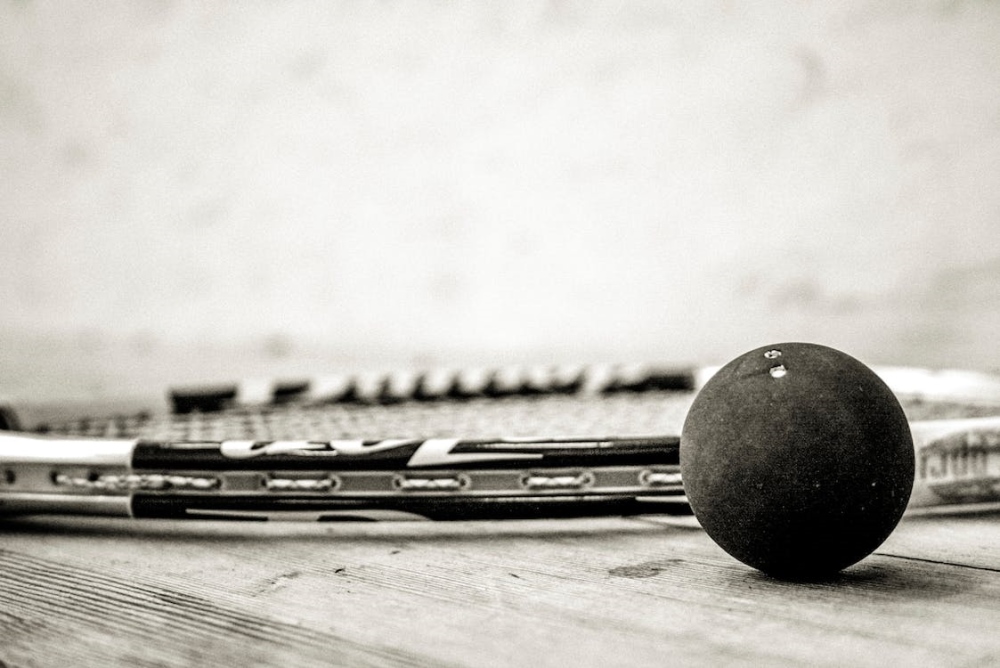
Butyl Rubber (IIR) or Isobutylene-isoprene or “butyl”
How it is made:
Formed by copolymerizing isobutylene with small amounts of isoprene at a low temperature.
Where it is mainly used:
- Inner tubes
- Squash balls
- Sealants
Sectors:
- Sports and leisure
- Automotive
Features:
- High resistance to tearing
- Good electrical insulator
- Highly impermeable to gases
- Excellent resistance to light, ozone and weathering
Ethylene Propylene Diene Monomer (EPDM)
How it is made:
Created through bulk polymerization using one of three processes: slurry, solution or gas-phase.
Where it is mainly used:
- Basin door valve sealing
- Refrigerator and freezer doors
Sectors:
Features:
- Good resistance to wear and tear
- Excellent resistance to light, ozone and weathering
- Can withstand low temperatures
- Good resistance to flex cracking
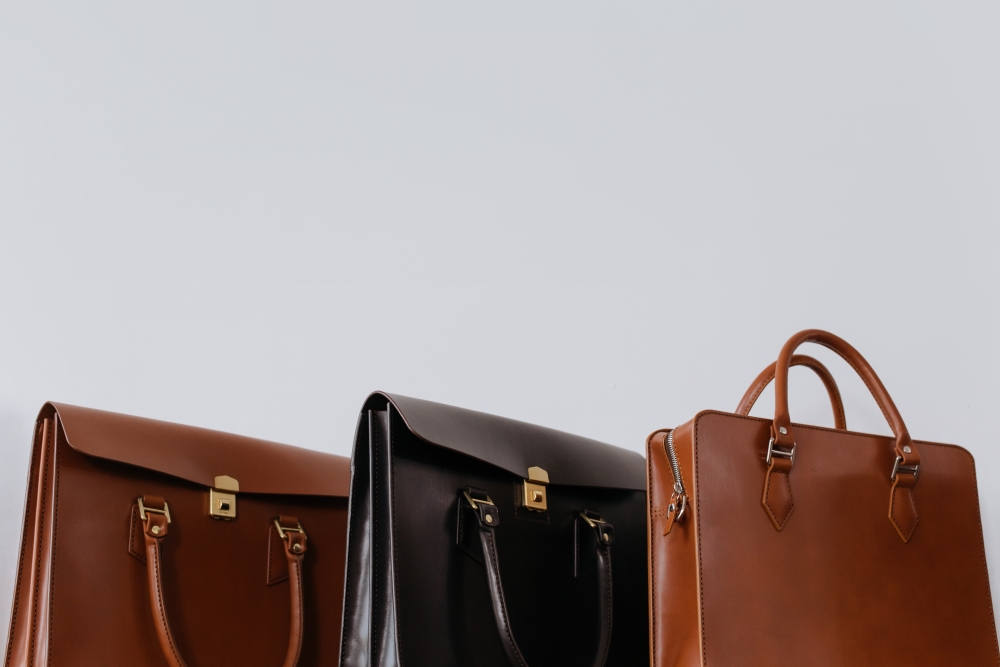
Nitrile Rubber (NBR)
How it is made:
One of the oldest man-made elastomers, NBR is created through selective hydrogenation of the butadiene groups.
Where it is mainly used:
- Oil seals
- Gaskets
- Synthetic leather
Sectors:
- Automotive
- Health
Features:
- Excellent abrasion resistance
- Good resistance to wear and tear
- Good resistance to lubricating oil and petrol
- Hypoallergenic
Polyurethane Rubber (PUR or PU)
How it is made:
Made through polymerization reaction between polyols or diodes, resulting in a molecule bonded by urethane linkages.
Where it is mainly used:
- Cabling and hoses
Sectors:
- Marine
- Aviation
Features:
- Good resistance to wear and tear
- High abrasion and strength
- Can be produced in a very high hardness rating
- High tensile strength
FKM or FPM (also known and copyrighted as ‘Viton’ by DuPont)
How it is made:
A process called fluorine rubber monomer copolymerization.
Where it is mainly used:
- Extruded goods, such as O-rings
Sectors:
- Pharmaceutical
Features:
- Extreme temperature performance
- Ideal for demanding or extreme applications
- Good level of chemical resistance
- Durable and dependable for applications
Styrene – Butadiene Rubber (SBR)
How it is made:
This most popular and random copolymer is created through copolymerization of butadiene and styrene, using only free radical initiators.
Where it is mainly used:
- Car tyres
Sectors:
Features:
- Excellent abrasion resistance
- Good resistance to wear and tear
- Resistance to flex cracking
- Very good resistance to water
Natural and Synthetic Rubber
Natural Rubber
Derivative of natural origin, natural rubber is harvested from the latex of a tropical plant.
Synthetic Rubber
Synthetic rubber, as its name suggests, is an artificial variation. While synthetic rubber does have different properties from natural rubber, it is made to the same quality.
Before discussing the key differences between natural and synthetic rubber, let’s consider their commonalities. Both types of rubber have:
- Good low-temperature flexibility
- High tensile strength (applies to most types of rubber but there are some exceptions, such as silicone)
- Abrasion
However, there are some key differences between these two different types of rubber.
Natural rubber adopts a higher tensile strength and higher tear resistance. Also, its capability to resist tearing and chipping makes it a very practical material to apply next to steel cords or in vehicle tyres, for example.
The key to synthetic rubber’s success is its adaptability, meaning it can be produced with whatever properties suit the application. Synthetic rubber tends to have a stronger odour than natural rubber and allows for longer usage with its durable and resilient nature. This fabricated material can be produced to provide improved resistance to extreme temperatures, and various liquids and chemicals.
There are many different kinds of rubber on the market, which can make choosing the appropriate material tricky.
For over sixty years, GMT Rubber has been providing industry leaders across a range of fields with the highest-quality rubber solutions. If you would like to learn more about which type of rubber might be best suited to your use or project, please get in touch with our team today or check out our blog post on how to choose the best rubber compound for your application.


